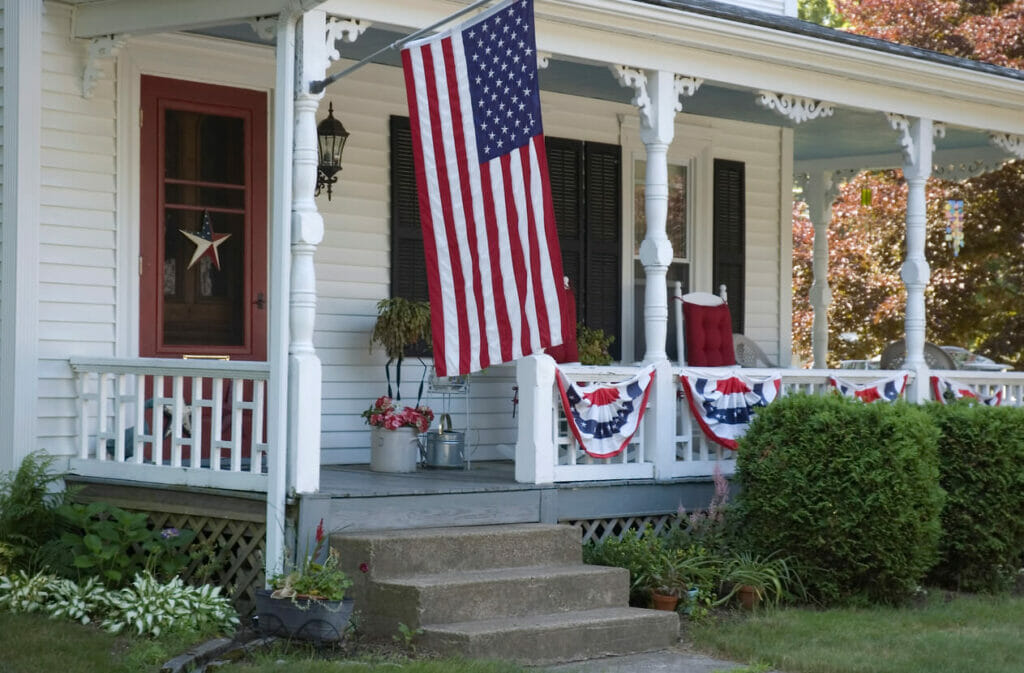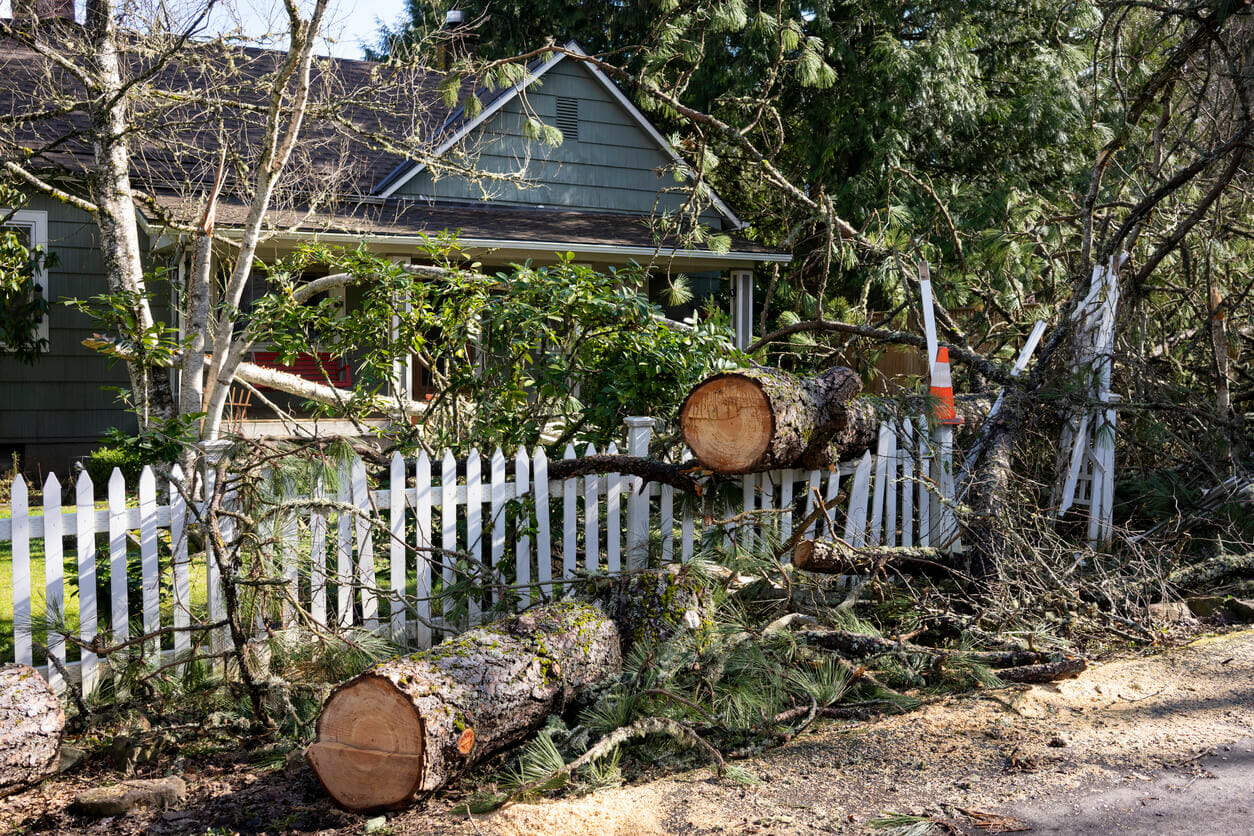Although enforcing rules, regulations and CC&Rs is one of the principal day-to-day duties of an HOA, it’s not an enjoyable task. Rule enforcement is a process that requires time and resources, not to mention it can create conflict between owners, too.
Managing violations is even harder if you’re a large HOA of 1000 units or more; you could be issuing dozens of violations every day. For that reason alone, big associations hire management companies to carry out this task on their behalf.
Management companies help ensure members follow the rules
It’s ultimately up to the board to enforce community rules, but management companies can take on a lot of the grunt work. HOA managers are often in a better position to issue violations. Since they don’t live in the community, they don’t have to worry about upsetting a relationship with a neighbor. Similarly, it’s easier for them to stay objective when determining if a rule has been broken. HOA managers are more likely to look at the facts as opposed to making a decision based on who the alleged rule breaker is.
Management companies will instruct an employee to patrol the neighborhood to ensure that members are complying with all rules. If they see that Thanksgiving decorations are still out in January, or an RV is parked illegally in someone’s driveway, they can start the enforcement process. The staff member can also:
- Follow up to make sure the violation is corrected
- Assess and collect fines
- Communicate with owners and board members
- Schedule violation hearings
- Follow through with hearing verdicts
- Coordinate with an HOA attorney, if necessary
With so many people living in one area, mistakes are bound to happen. HOA managers work with owners and board members to correct small infractions as soon as possible. This way, the unsanctioned action/behavior stops before it has a more significant impact on the property or the people living nearby. HOA managers have the resources and experience to manage infractions and expectations.
Common HOA violations
Regardless of how big or small a community is, there are generally three major categories that negatively impact HOAs; pets, parking and people.
Larger HOAs have their own unique challenges. Issues are treated in a professional and uniform manner, which means there is little room for exceptions or excuses. Consistency is key; similar violations must be handled in a similar manner. If one owner was given an exception, then there’d be hundreds of others who would expect the same treatment.
Big HOAs often encounter violations like:
- Exterior home alterations that were not approved by the board or architectural committee
- Unkempt trash receptacles
- Improper placement of basketball hoops
- Poor maintenance of an outdoor structure
- Seasonal décor that has been out too long
- Parking a car in the street overnight, parking on a lawn, etc.
While most of these are small infractions that can usually be resolved with a warning letter, they do occur often. That’s why big HOAs need a designated person to watch out for and act on violations.

Violation management software is becoming a must for large communities
Even the most seasoned property managers could use a bit of help when it comes to tracking, documenting and updating community violations. That’s why many of them are turning to violation management software.
An online platform allows users to create and update violations from their desks or out in the field. The system automates the entire tracking process; management can issue a specific violation type and use pre-made templates, or make their own. Violation recipients can ask questions or confirm that corrective action will be taken through the system, and even pay fines if applicable.
Violation management software creates more transparency for boards, management and owners. Furthermore, it eliminates the need to track violations manually, allowing staff to operate in a more consistent and organized manner.
Items in governing documents must be enforceable
Most owners will respect and abide by governing documents provided that:
- The rules are enforceable; and
- They are aware of the rules and understand their purpose.
Starting with the first point, any rules or bylaws that the community intends to enforce and uphold must be in writing. This way, everyone can review written rules, and the association can cite a specific rule if it is broken.
In most cases, if the board tries to penalize an owner for doing something that is not written in the governing documents, the owner would not legally have to comply.
An attorney should always review HOA documents to make sure rules, violations and related fines comply with federal, state and local laws. Some states have specific processes for HOAs to follow. For example, a governed development may need to issue a certain number of written notices of violations before they can issue fines. Some even require HOAs to give owners a certain amount of time to remedy a violation or pay a fine before they can move on to the next step.
Similarly, HOAs should have a lawyer review any amendments or changes to rules.
Ensure everyone knows the rules
Education is also important when it comes to HOA rules. Communities often have a lot of instructions about what owners can and cannot do. The best way to help owners remain compliant is to give them unrestricted access to the governing documents.
Residents should receive a copy of the documents when they first move into the community. However, keeping a current version of the rules and CC&Rs on a community website or online storage platform will ensure members are up to date with the most recent changes or amendments. Changes can also be advertised in a community newsletter or memo. Boards or managers may also invite owners to ask questions about specific rules if they are unclear about something.
Tips for writing effective violation notices
As mentioned earlier, violation management software streamlines the violation management process in several ways. Management can upload detailed templates for each violation type and stage, saving them a lot of time in the long run. Investing a little extra time to make clear and detailed templates will prevent misunderstandings and delayed actions down the road. Below are some tips for writing an effective violation notice:
- The notice should give plenty of detail. Include the date, where the violation occurred (if possible) and the specific rule that was broken
- Exclude “fluff” or overly wordy sentences
- Use the notice as an opportunity to inform owners and help them understand why the rule matters
- Do not shame or scold the owner
- Be clear about what the owner must do next, how long they have to remedy the issue and what will happen next if the problem isn’t resolved
- Clearly explain how they can request a hearing (if applicable)
- Follow all of the processes. If a notice is not delivered by a certain time after the first violation, the board could be in more trouble than the alleged offender
- Ask the owner to respond, if only to confirm that the notice was received
- Keep a record of all letters, emails, etc. shared between you and the recipient
Conclusion
Violations are guaranteed to occur in large HOAs. Associations must be diligent about correcting infractions, even small ones, to maintain the value of the development, and peace within the community. By correcting issues in a fair and systematic manner, expectations are set and owners are less likely to commit similar violations.


